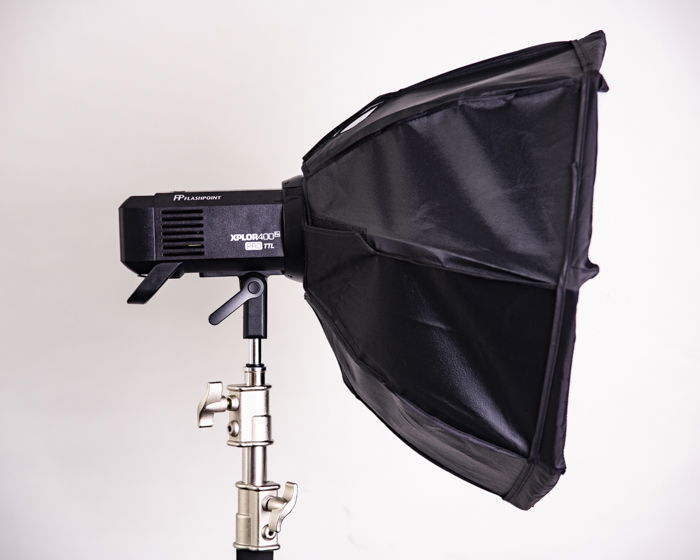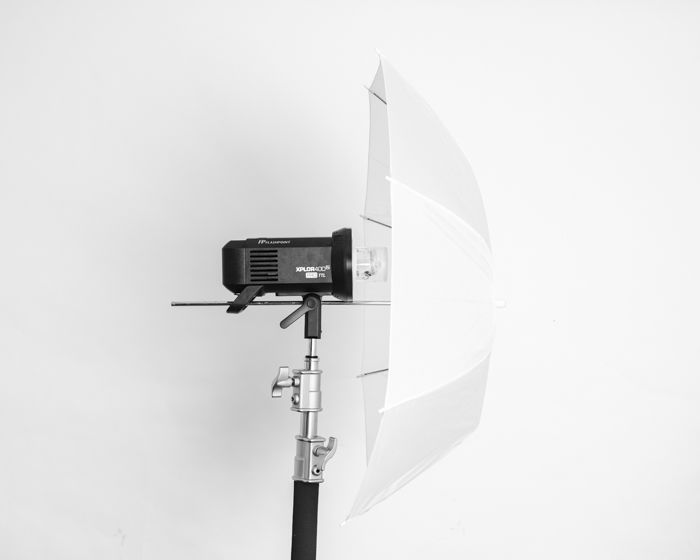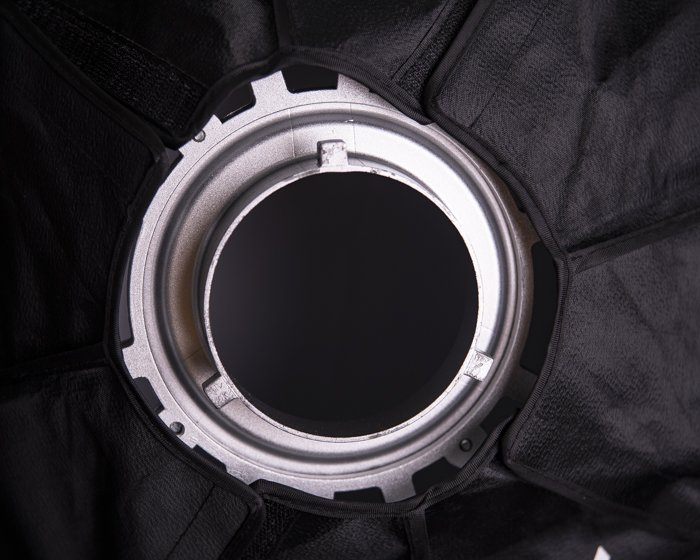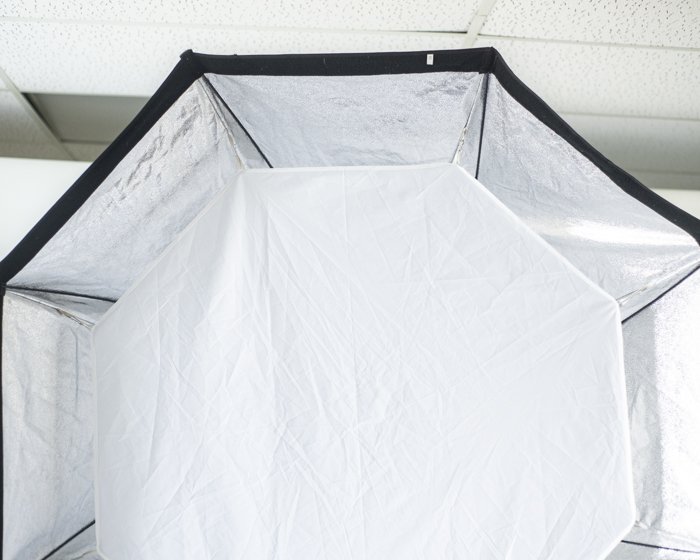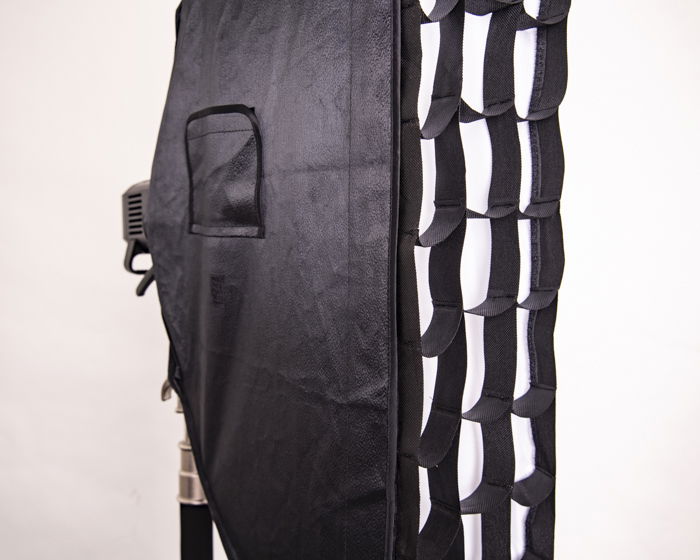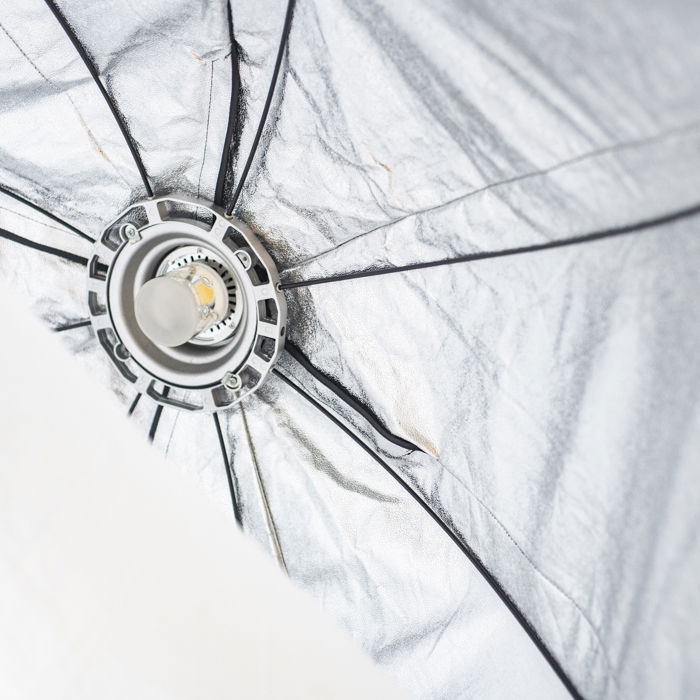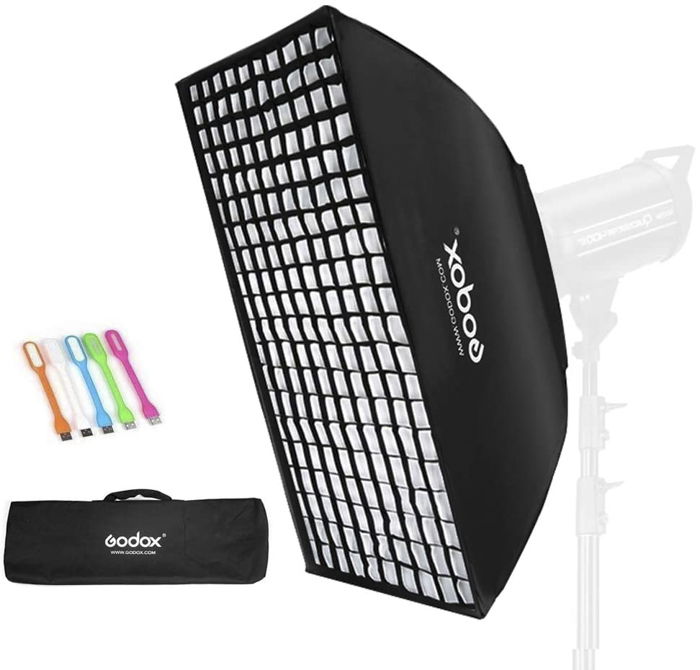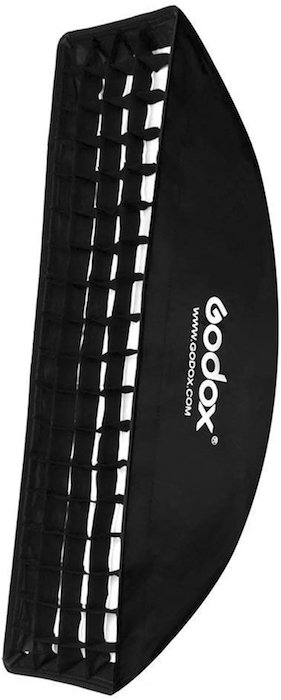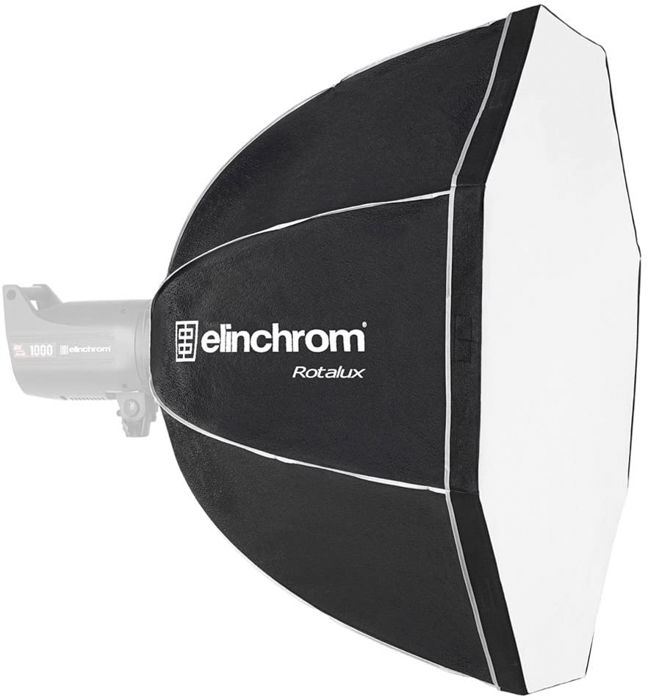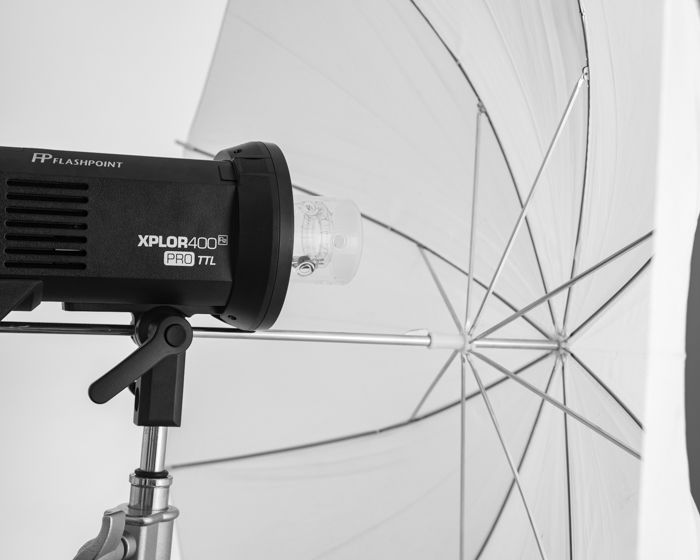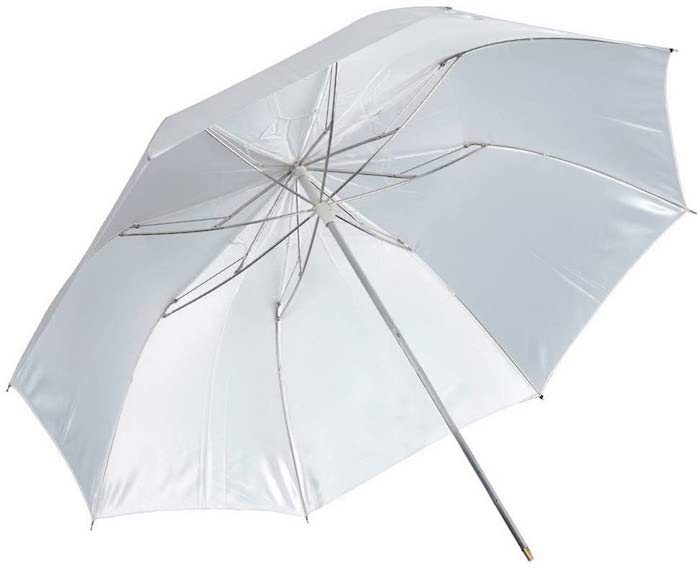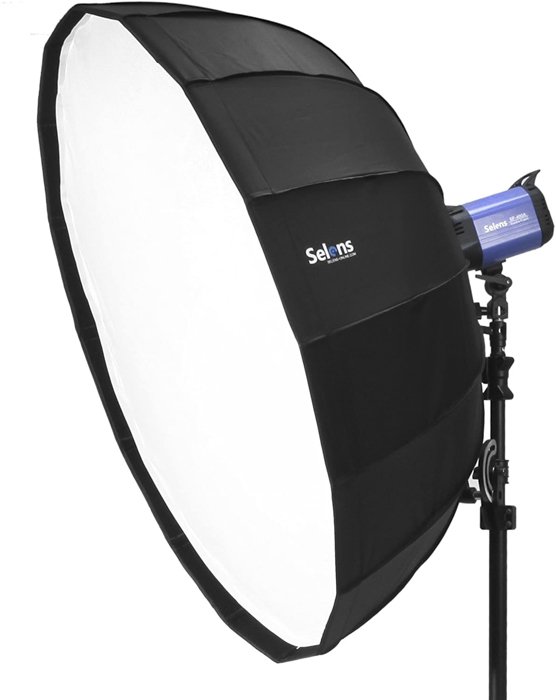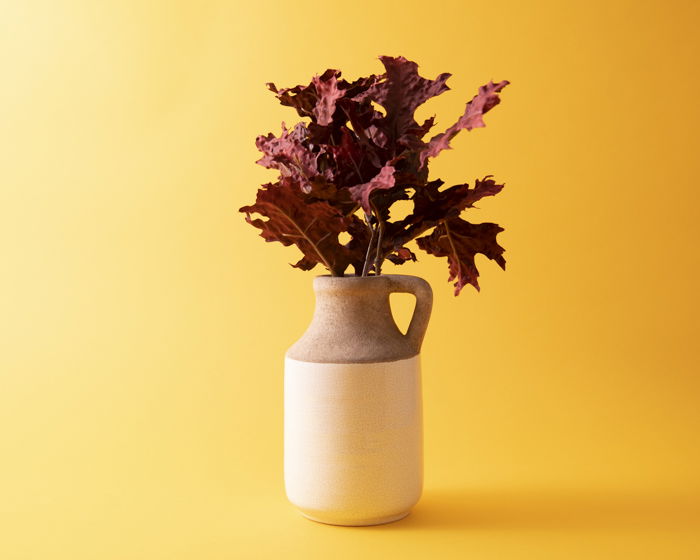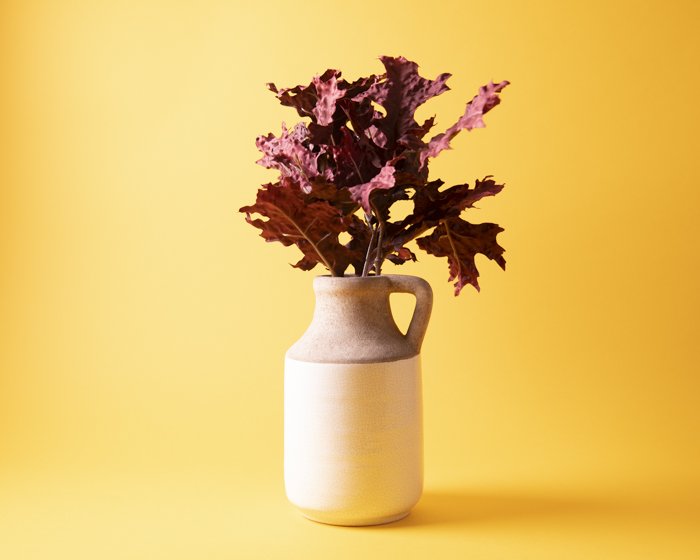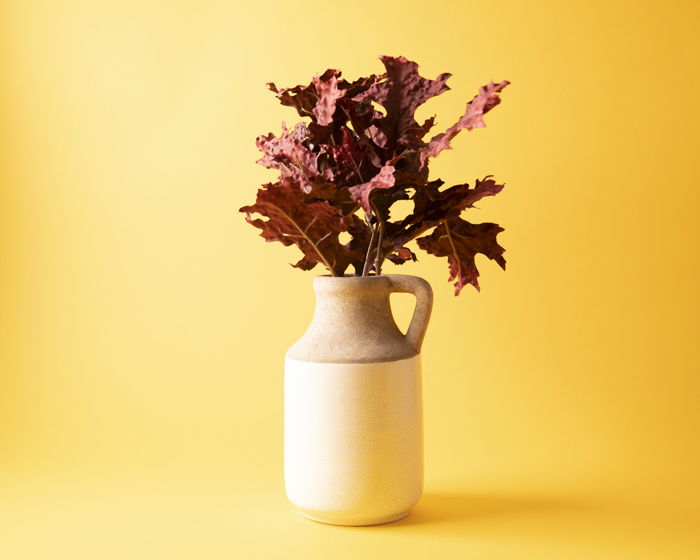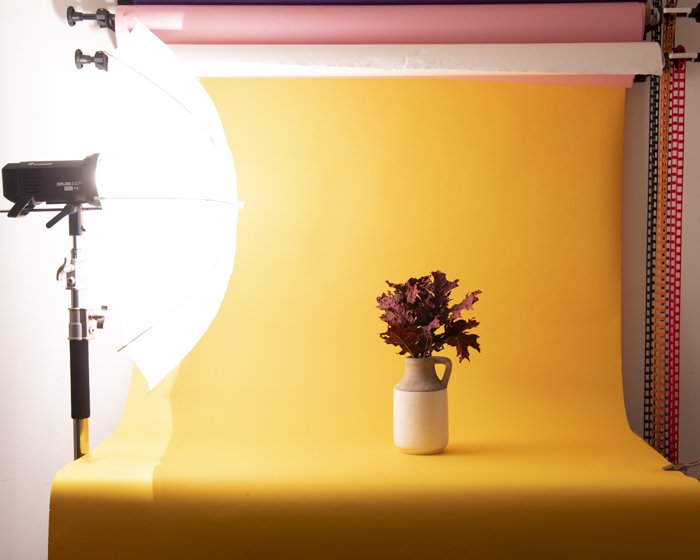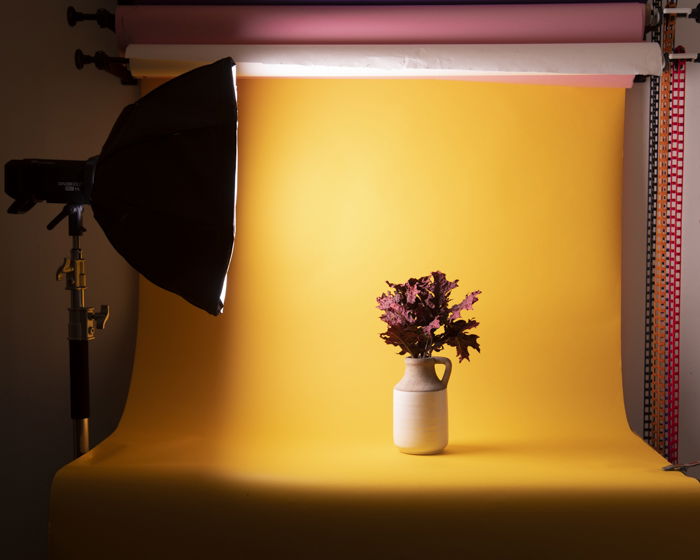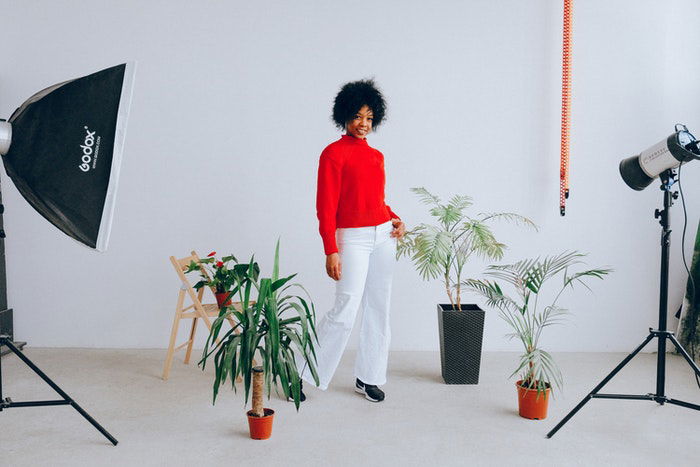So which one is better? And which one should you use? Let’s do some umbrella vs softbox comparisons and see which one wins. [ExpertPhotography is supported by readers. Product links on ExpertPhotography are referral links. If you use one of these and buy something, we make a little bit of money. Need more info? See how it all works here.]
Comparing Softbox Vs Umbrella: What Are They Used For?
Umbrellas and softboxes are both types of light modifiers. Their purpose is to soften light hitting the subject. They’re ideal for creating even lighting with soft, appealing shadows. They are best used for portraits and still-life or product photography. Don’t think about the softbox vs umbrella debate as a battle between light modifiers. They are both excellent at softening light. What you should be thinking about is which is ideal for the type of photography you do. Even though the umbrella and softbox function similarly, their designs give them unique quirks. It’s crucial to know how they perform in various situations, so you know if one is better over the other. We’ll examine how both the softbox and lighting umbrella works. We’ll also discuss the pros and cons between the softbox and umbrella so you’ll know which one you’d like to add to your equipment.
What Is a Softbox?
A softbox is a light modifier that funnels light and spreads it wider to create soft lighting. On the tapered end of the softbox, you’ll find the mount where you can install your light source. In most cases, it uses a Bowens mount, which is the default setup for most softboxes. It’s worth noting that some flash photography brands such as Profoto and Broncolor have their proprietary mounts. If that’s the case, you’ll need to buy a softbox that fits their lighting equipment. Alternatively, you can also purchase Bowens mount adaptors. Although, of course, it’s wiser to buy light modifiers that are already compatible with your lighting equipment. On the broader end of the softbox, you’ll find two pieces of white fabric that disperse the light. There’s a diffusion panel inside the box itself and another outside. This double diffusion creates softer lighting that other options typically can’t offer. Most softboxes come with a grid that further narrows down the light coming out of the modifier. They also have a velcro lining that attaches to the bevel of the softbox.
In many ways, you can compare setting up a softbox to a tent. You’ll need to insert sticks into the ribs of the softbox. The number of sticks varies from four to eight (or more).
When the sticks are in all the ribs of the softbox, you then insert them into the outer ring of the mount. It takes some work to set up, but when you finish, it should look like a rigid dome.
Types of Softboxes
There are several variations of softboxes, and they all have different functions. Let’s look at some of the most common options for you and find out how each one works.
Rectangular Softbox
This is the most common type of softbox you can find. Because of its simple shape, it can create natural-looking light that appears like it’s coming from a window. It also has a relatively wide throw. In other words, it spreads light more than other options.
Strip Box
This type of softbox is also rectangular but has a much narrower width than a regular version. Its primary purpose is to direct the light vertically, so it doesn’t spread anywhere else. Since it throws light in a particular orientation, people often use it to illuminate the hair and the back of a person’s head. That’s why some people also refer to it as a hair light. It’s also perfect for product photography, especially when photographing bottles.
Octabox
This unique softbox works much like the rectangular version. But the reason why people prefer this is because of its shape. A lot of photographers use it as a catchlight that creates specular highlights on the eyes. After all, having a circular glint in the iris looks much more natural than a rectangular one. There are also larger versions of octaboxes that work perfectly for group shots in the studio.
What Is an Umbrella?
A photography umbrella often looks much like a regular umbrella. If you’re not a photographer, you might even mistake it as such. The main difference between a regular umbrella and a studio umbrella is that it lacks a handle. Furthermore, its fabric is from the same material that you see on the front of the softbox. It’s thin and delicate, so you definitely can’t expect it to block the rain. Unlike a softbox, you don’t have to insert sticks with an umbrella. All you have to do is open it up, and it’s ready to use. That’s why a lot of photographers love it. It’s quite portable and convenient.
All you need is to insert it into your studio strobe’s bracket to install it. Since it doesn’t use a Bowen’s mount, you can use it on almost any lighting equipment that accepts an umbrella. Because of the umbrella’s simple design, it’s also often more affordable than a regular softbox. However, beware that there are a few variations that can be expensive.
Types of Umbrellas
Just like softboxes, there are also a few variations of umbrellas. The difference in design also makes them more ideal in certain situations than others. Now let’s look at several options and find out their ideal uses.
Shoot-Through Umbrella
This type of umbrella is the most common in studio photography. It’s the one that looks like a regular umbrella. People refer to it as a shoot-through because it goes in front of the light source. Its fabric acts as the modifier that spreads and softens the light. Because of its circular shape, it’s ideal for creating beautiful catchlights for studio portraits.
Collapsible Umbrella Softbox
You can consider the collapsible umbrella softbox as a hybrid between a softbox and an umbrella. It folds and opens up like a regular umbrella. It bounces light, so it only goes to the front panel. Once you set it up, it looks much like a regular octabox, so it’s perfect for studio portraits.
How Does a Softbox Compare to an Umbrella?
Now it’s time to test out the difference between the softbox and the umbrella. For this test, we adjusted the studio strobe’s power to 1/16th. Meanwhile, we set our camera to f/8 and 1/160th of a second with an ISO of 100. We retained all our adjustments for each light modifier. Let’s start with the umbrella. As you can see in the photo below, it creates soft, even lighting with light shadows.
Now, let’s look at the softbox image. As you can see, the shadows look more prominent. But like the umbrella, it also works just as well for softening the light.
Finally, let’s take a look at the collapsible umbrella softbox. It has stronger highlights, but it also has less prominent shadows as compared to the softbox.
As you can see, both the softbox and the two types of umbrella did a great job diffusing the light. But at the same time, each one creates a slightly different look. Sometimes, those small variations make all the difference in helping you choose what you want.
Which Is Better for You: Softbox or Umbrella?
Choosing between a softbox vs umbrella should be all about how each controls the quality of the light. Let’s zoom out and see what’s going on in the background with the umbrella and the softbox. When you look at the umbrella shot, the light spreads everywhere and bounces on the walls.
But when you look at the softbox shots, the light mostly goes straight to the subject because it has an enclosed structure.
So why is that important? The ability to direct where your light goes matters. It’s crucial, especially if you only want to illuminate certain areas of your scene. For this reason, a lot of photographers prefer a softbox over the umbrella. Unlike the umbrella, the softbox also has a lot more features. For one, it has double diffusion for softer lighting. Apart from that, you can also use a grid on it to further control your lighting. Does that mean that the softbox wins over the umbrella? Not necessarily. The downside of using a softbox is that it’s cumbersome, and it takes a while to set up. Meanwhile, an umbrella takes up a small amount of space, which is perfect when traveling. It opens up and is ready to use in seconds. We know that umbrella lighting tends to spread light everywhere. But that’s not entirely a bad characteristic. If you need to create even illumination that envelopes your subject, then this is the obvious choice. It’s ideal for event and interior photography because it spreads the light source into a vast space and still creates soft, beautiful lighting. Want the performance of the softbox and the portability of the umbrella? Then the collapsible umbrella softbox is for you. It’s portable, and at the same time, it allows you to control light better. Collapsible umbrella softboxes come in different sizes, too. Of course, the downside is since they have an umbrella construction, they can’t take the shape of rectangular softboxes.
Conclusion
So what’s the best choice, then? In my experience, I prefer using collapsible umbrella softboxes over regular versions. But I still set aside a few traditional rectangular softboxes just in case I need them for specific shoots. As a beginner, I suggest you get a collapsible umbrella softbox because it’s easy to use. It’s also ideal for all sorts of photography from portraiture to still life. You can always get a regular softbox later if you have a shoot that specifically calls for it. Although it’s ideal to start with an umbrella, you don’t have to stick to it. If you think a softbox will be better for what you do, then go for it. Develop Your Photography Skills with Photography for Beginners!


